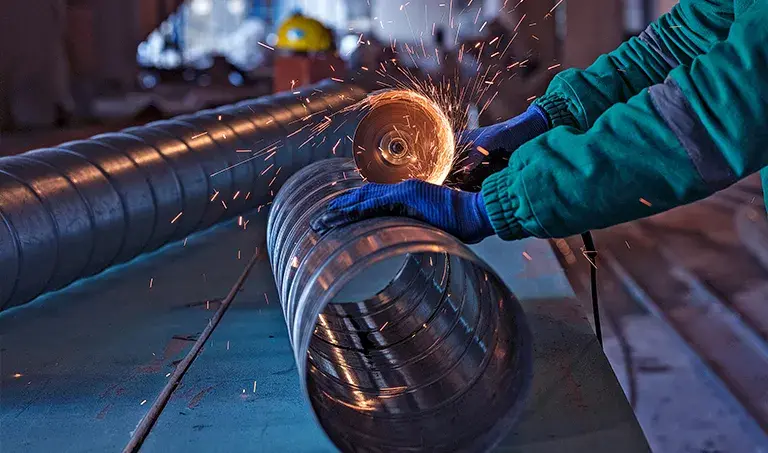Predictive Maintenance as a Service for the Steel Industry.

Introduction:
The steel industry plays an essential role in developing the economic standing of any country. Since steel is a necessary component for every primary sector, to keep the country’s economy in full bloom, steel factories need to ensure that all production processes are running smoothly, which can be hindered by unplanned downtime.
Unexpected downtime can cost not just a lot of money and time for any steel plant but can also affect the production and growth of downstream industries dependent on steel production. Machine availability and reliability being the top concern in steel production, the cost of secondary damages of such breakdowns can be astronomical. This can significantly affect the quality, operational efficiency, loss of productivity, and increased risk of accidents on site. With such high stakes, using predictive maintenance to avoid unexpected downtime can be a gamechanger for steel plants.
What are the Challenges in Steel Manufacturing Industry?
- Production process parameters from the upstream steel manufacturing processes strongly influence the downstream ones.
- The intermediate products in the process undergo both chemical and mechanical changes, making monitoring quality and output more difficult.
- Older & legacy machinery
- Frequent halts in production due to machine failure & downtime
- Expensive coal & raw materials
- Avoiding unexpected accidents on site
- Various external factors like lockouts, strikes, inefficient administration, and shortage of raw materials
Advantages of Predictive Maintenance for Steel plants
How Does Infinite Uptime’s Predictive Maintenance as a Service Solution Work for Steel Industry?
Conclusion
Want to learn more about how we have helped large global steel manufacturers avoid downtime & improve factory performance? Click here to read a case study.










